We look at both sides of the issue
by Zena Ryder
- Some companies say that robots reduce costs, increase quality, and help solve staffing needs
- Others say that the benefits of today’s robotic technologies have been overstated
- Companies that do adopt robotics have to adjust their processes
Your future crew? Robots don’t make mistakes, don’t require health insurance and can work 24/7 without a break
Robots help build volumetric modules at Z Modular (steel) and Autovol (wood). Z Modular is focused primarily on multi-family residential projects, although they also build hotels and housing for students and seniors. Autovol builds multi-family apartment buildings.
To discover the benefits these companies see in robotics, and how best to implement them, we talked with Chris Waters, Director of Business Development at Z Modular and Rick Murdock, Autovol’s CEO. We also spoke with Brent McPhail, CEO at Brave Control Solutions, a company that designs and implements robotic systems for off-site manufacturers.
We also talked with Charlie Chupp, CEO at Fading West, a Colorado-based development and modular construction company that has chosen not to invest in robotics. Their 110,000 square foot factory is almost entirely manual. It has some semi-automatic jig tables, but no robotics. Fading West builds single-family homes, townhomes, and apartments.
Z Modular operates large manufacturing facilities in Alabama (100,000 square feet), Texas (230,000 square feet), Arizona (215,000 square feet) and Ontario, CAN (255,000 square feet). The steel frames for their modules are manufactured with the use of robots. “Robotic arms run on tracks and do the lifting, handling, and placement of the steel, and the precision welding,” Waters says.
Autovol’s 400,000 square foot factory is in Idaho. The lines that build the modules’ walls are fully robotic. Robots pick and stage lumber, OSB, drywall, and so on. They do all the framing, and fasten everything with nails, screws, or glue. Robots also cut the wall openings. “Entire wall sections are completed and moved to the storage area using automation. No humans touch the walls until they’re being put together,” Murdock says.
Both Z Modular and Autovol intend to increase their use of robotics.
Problems Robots Solve
Waters and Murdoch named four ways that robots add value: they make the workplace safer, reduce the number of workers needed, enhance efficiency and improve product quality.
Injuries have lessened. The Center for Construction Research and Training reports that overexertion is a “major cause of musculoskeletal disorders, responsible for more than one-quarter of [days away from work] cases in construction.”
Murdock sees robotics as part of the solution. “Robotics have taken over the heavy lifting,” he says. “There’s much less strenuous labor, resulting in very few injuries and very little employee turnover.”
Waters agrees. “Having robotic arms handling heavy steel members or large sheets of concrete board is priceless when it comes to the safety of our team,” he says.
The second thing one notices about an automated factory (besides the robots themselves) is how few workers there are.
Staffing is easier. In a 2021 survey, nine out of 10 members of the Associated General Contractors Association reported having a hard time filling hourly craft positions.
(Although the pandemic may have exacerbated this difficulty, it wasn’t caused by it. In a pre-pandemic 2019 survey, almost 80% of firms were finding it difficult to hire craft workers.)
At Z Modular, Waters says that robots allow the company “to do more work with less human labor.” Of course, that’s the main benefit most people expect.
In what might be an unexpected benefit to some, Murdock says that robotics actually give Autovol an edge over other off-site manufacturers when it comes to hiring. Attracting young hires is important for the long-term health of the off-site industry and most young people prefer to work for a technologically forward-thinking company. “Autovol has attracted many younger people due to robotics. It’s also attracted more women to join us. Currently, 31% of our strength is female.”
Processes are more efficient. By adopting a “product-line approach,” including a large degree of repetition within and across their projects, Waters says that Z Modular “saves time and cost by not having to design, engineer, and program for different module frames for each new project.”
The company’s factories produce a high volume of standardized products, with a standardized process. Robots do the necessary repetitive work, maintaining the same standards to a high degree of precision for long periods without slowing down.
Efficiency can make a difference. There’s a shortage of affordable homes in the US. In fact, there are only 37 affordable and available rental homes for every 100 extremely low-income renter households, according to the National Low Income Housing Coalition. Murdock believes “there are conventional construction projects that may never get built because the labor isn’t available to get them done in the necessary timeframe.”
In his view, modular construction is part of the solution because it’s faster and requires less labor than conventional construction. Robotics further reduces the labor needed and speeds things up even more.
Results are more precise. Waters says that welding performed by robots on the company’s steel frames is precise and consistent.
This precision eliminates re-work, saving time and money. “A building goes together better when all the components are precisely aligned,” says Murdock. “The finishes end up better, with less drywall cracking and things like that.”
Some Caveats
Despite these advantages, not everyone is sold on robotics.
At least one modular manufacturer thinks robots are overkill for this industry, at least in the short term.
Chupp has a background in manufacturing and he’s skeptical about how much robots can help in off-site construction. “Robotics never solves a problem,” he says. “It’s tempting to invest money to solve a problem, but before you spend money, be creative. Almost always, you can fix a problem with your brain before you can do it with robotics.”
Even those who don’t share Chupp’s skepticism are often surprised at some of the changes robots demand of the organization.
Robots need maintenance. Brave Control Solutions’ Brent McPhail says some manufacturers don’t fully appreciate how complex robots really are. Robots are sophisticated and powerful — and also finicky and high maintenance. “When you buy a robot, you’re buying a radical change in the way you manufacture,” McPhail says.
The upshot is that manufacturers must ensure their robots get continual updates and maintenance. For larger operations, this might mean hiring an in-house engineer. For smaller manufacturers, it likely makes sense to outsource maintenance. Some support can even be remote.
Z Modular Plant, Killeen, Texas
Robots have to be properly maintained and the software kept up to date. Manufacturing processes also have to adapt. But manufacturers who have adopted them say it’s worth the effort.
Material specs must be more precise. “If a human worker cuts a board a little crooked, the next worker on the line can adapt to that and make it work,” McPhail points out. But robots generally aren’t good at on-the-fly adjustments. The result: “Manufacturers need to understand that switching to robotics means specifications for materials must go to a whole new level of strictness,” McPhail says.
Chupp sees these demands as another reason that robots are overkill for homebuilding. “We’re not building iPhones. Modular construction is simple manufacturing. There are many opportunities to improve processes without going high tech,” he says.
In particular, he thinks it’s an illusion that robotics can eliminate waste. “Brilliant systems do that,” he says. Essentially, his view is that you can create waste with or without robots. Similarly, you can improve processes, making them more efficient and less wasteful — with or without robots.
Where Robots Work Best
For any factory owner who believes robots can help their operation, an obvious place to start is with processes involving repetition or heavy lifting. That is, tasks that are boring or hard on humans’ bodies.
But, more specifically, where do robots make the most sense for an off-site manufacturer?
To figure this out, McPhail says it’s necessary to dig into a facility’s production data. For example, once manufacturers know how many drywall sheets their team hangs per hour and how much it costs at that rate, they can compare that to the cost and speed of doing it with robots.
Once the data’s gathered, McPhail says, “We can usually demonstrate that, for less cost, they can produce two, three, or four times as much in the same time.”
The question then becomes: Can the company sell that much product?
“If you need this equipment just to meet your current demand, the cost won’t be justified.” But if a manufacturer can build and sell more units, “That’s when we get a real love connection,” McPhail laughs.
The Future
Robotics in off-site construction is at the early-adopter stage. Although Chupp is skeptical at the moment, even he sees an eventual role for them in the industry. “We’ll integrate more robotics as those technologies are proven,” he says.
In the meantime, early adopters must work on a case-by-case basis to determine whether robotics is worth the money, time and effort. As more off-site builders adopt robotics, there’ll be more data for later adopters to use.
“In the future, clients will say they need to build 4000 modules a year with this amount of labor. And we’ll have enough data to tell them what equipment they need, how long it’ll take to set up, when they’ll need to hire for specific positions, and how much it’ll cost,” McPhail says. “We’ll give them a rocket launch sequence of what to do to get a lean, world-class manufacturing facility.”







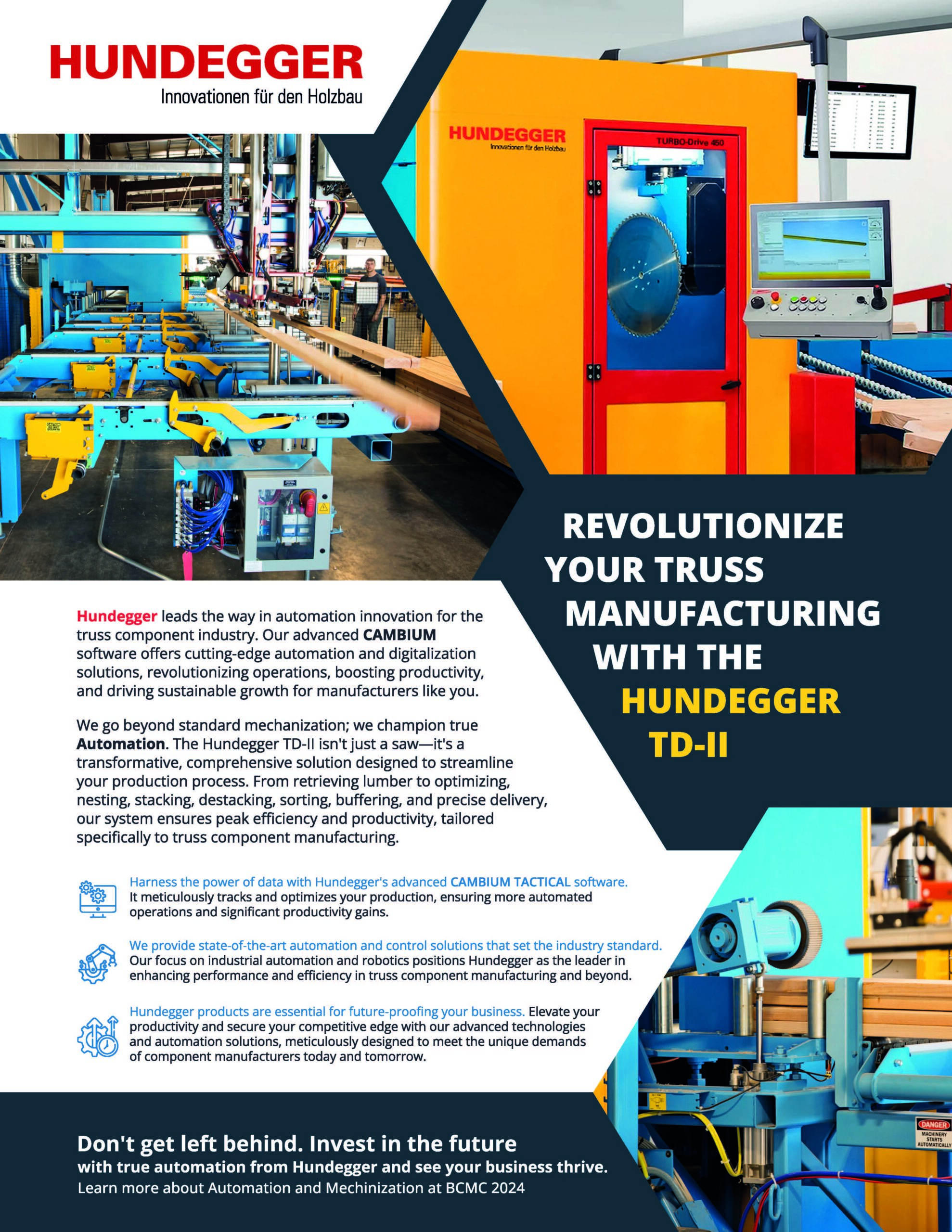

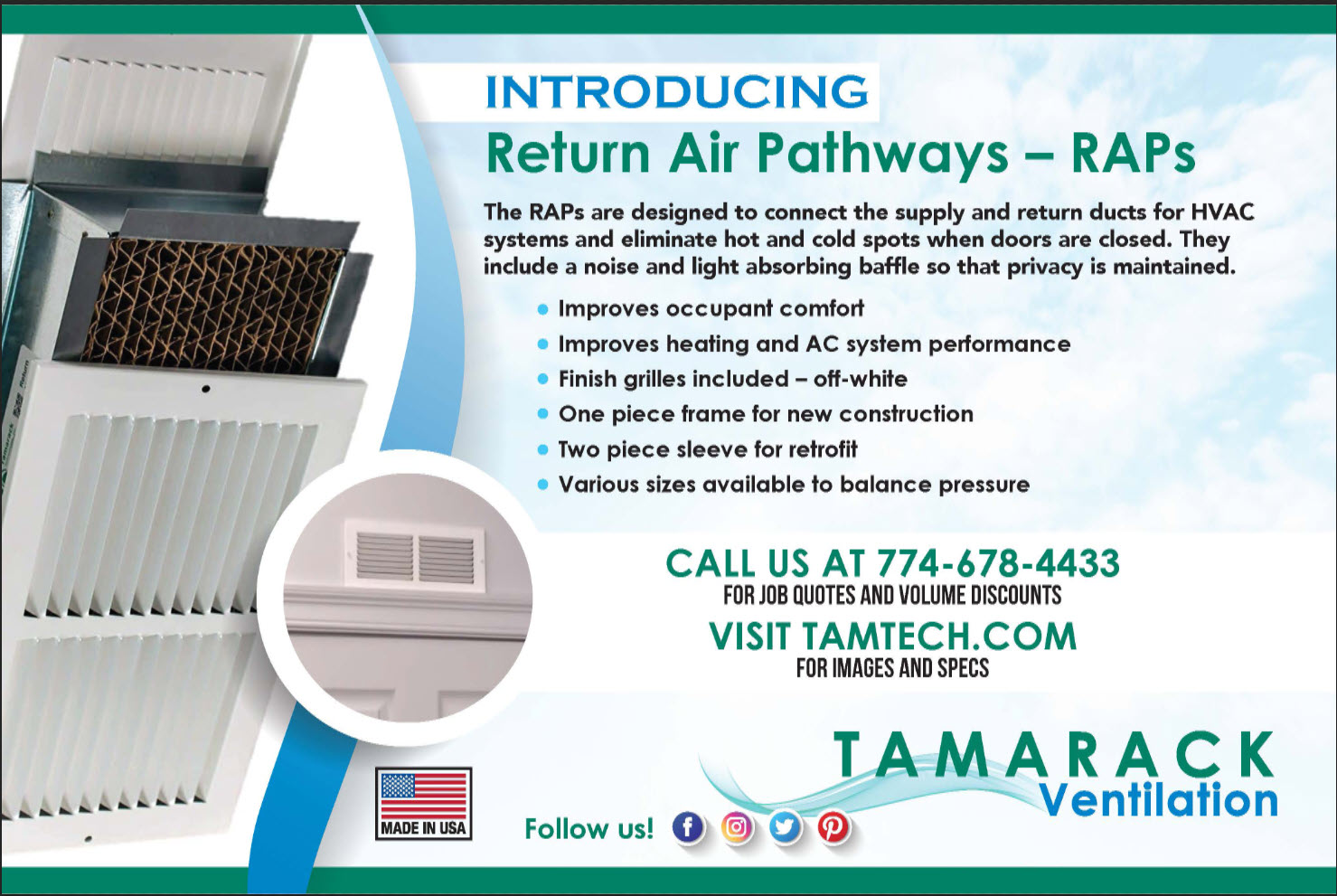
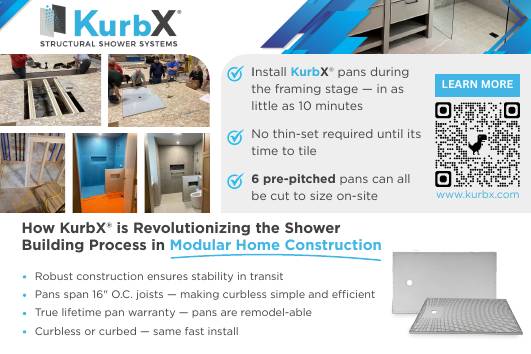
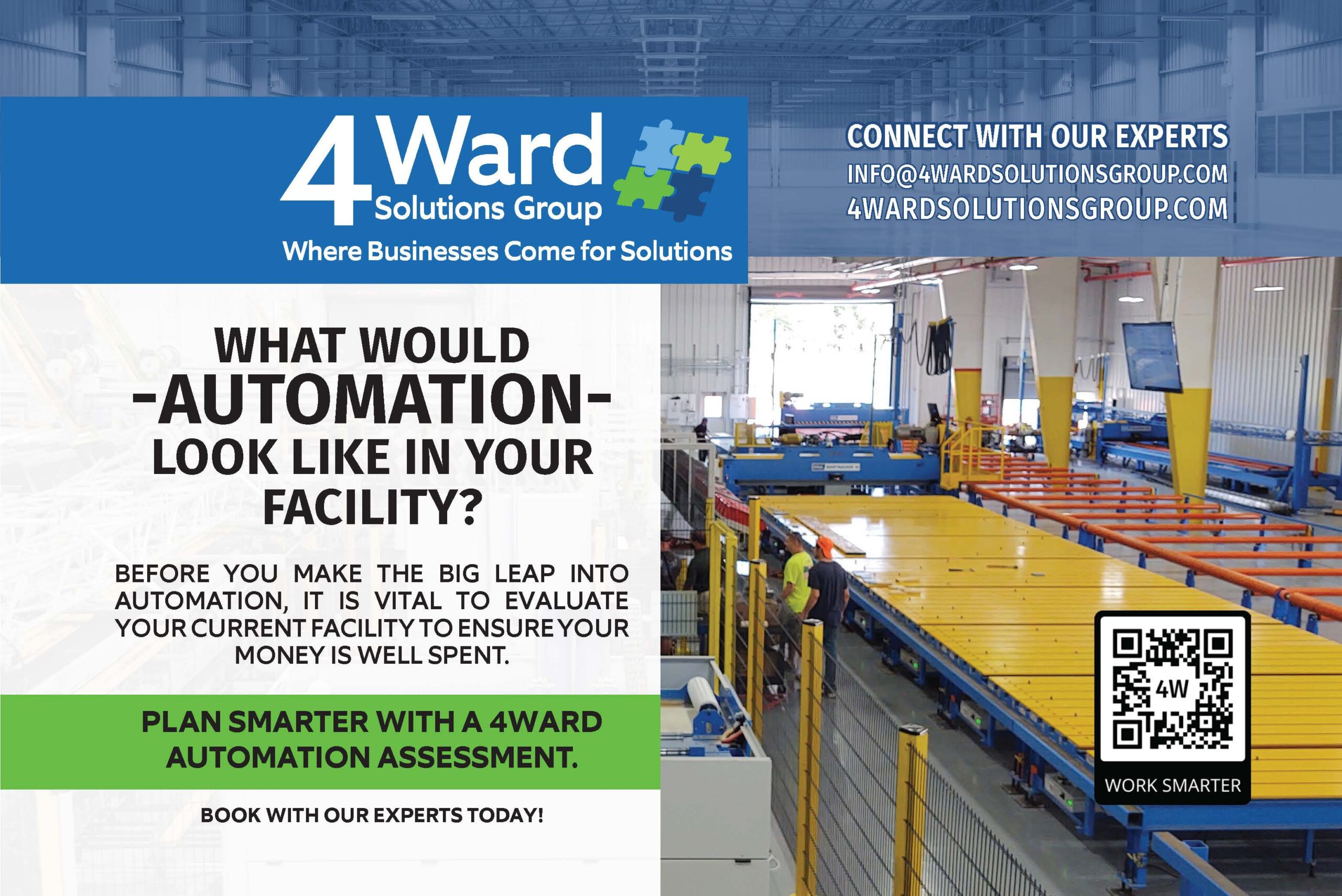

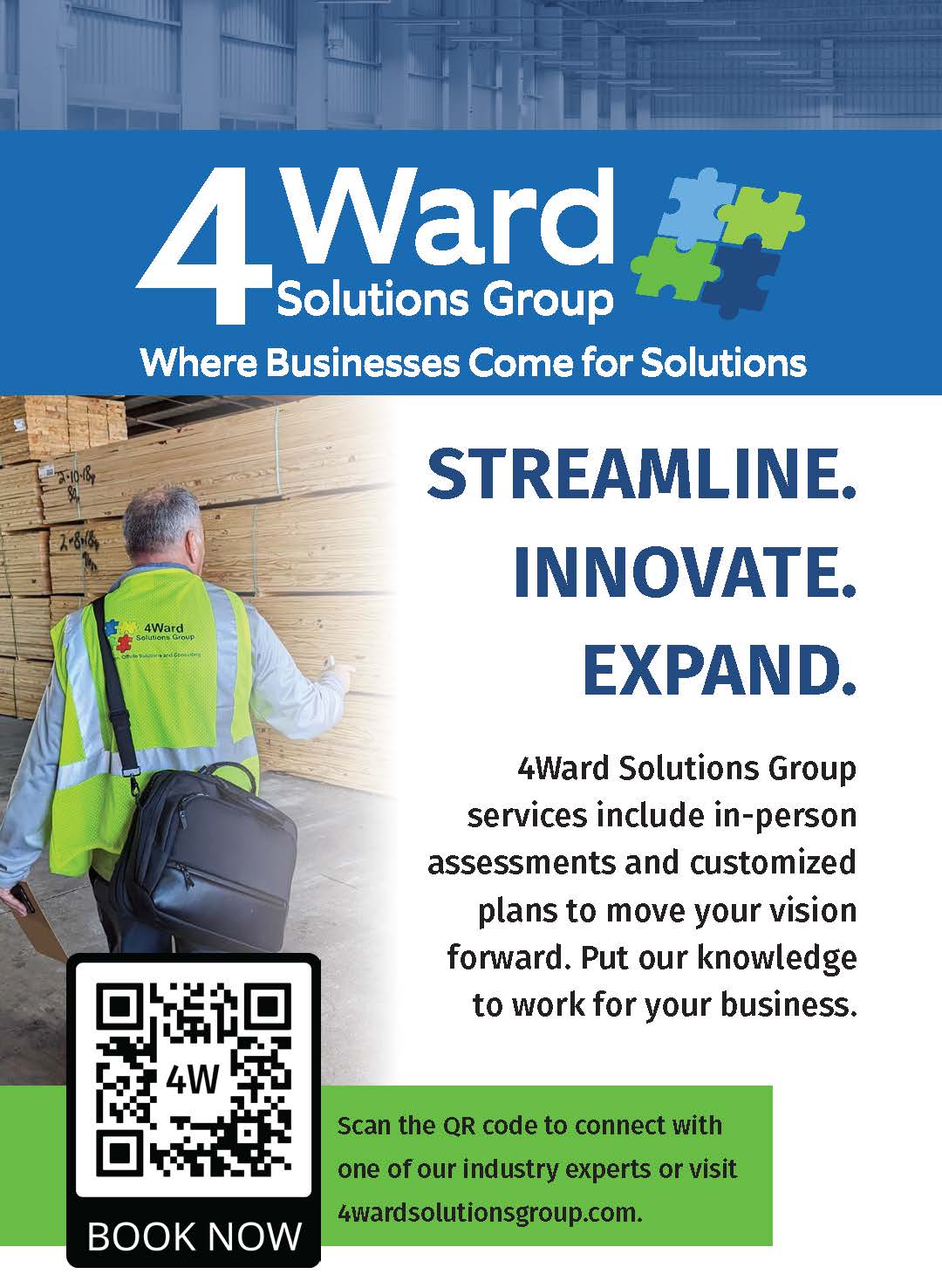




The article notes that robots work 24/7. This is not necessarily true as the auto industry can attest. As the article also points out it takes a team of highly skilled technicians and spare parts to keep the line flowing. My point is it’s not buy a robot and forget it, there’s a backend commitment.